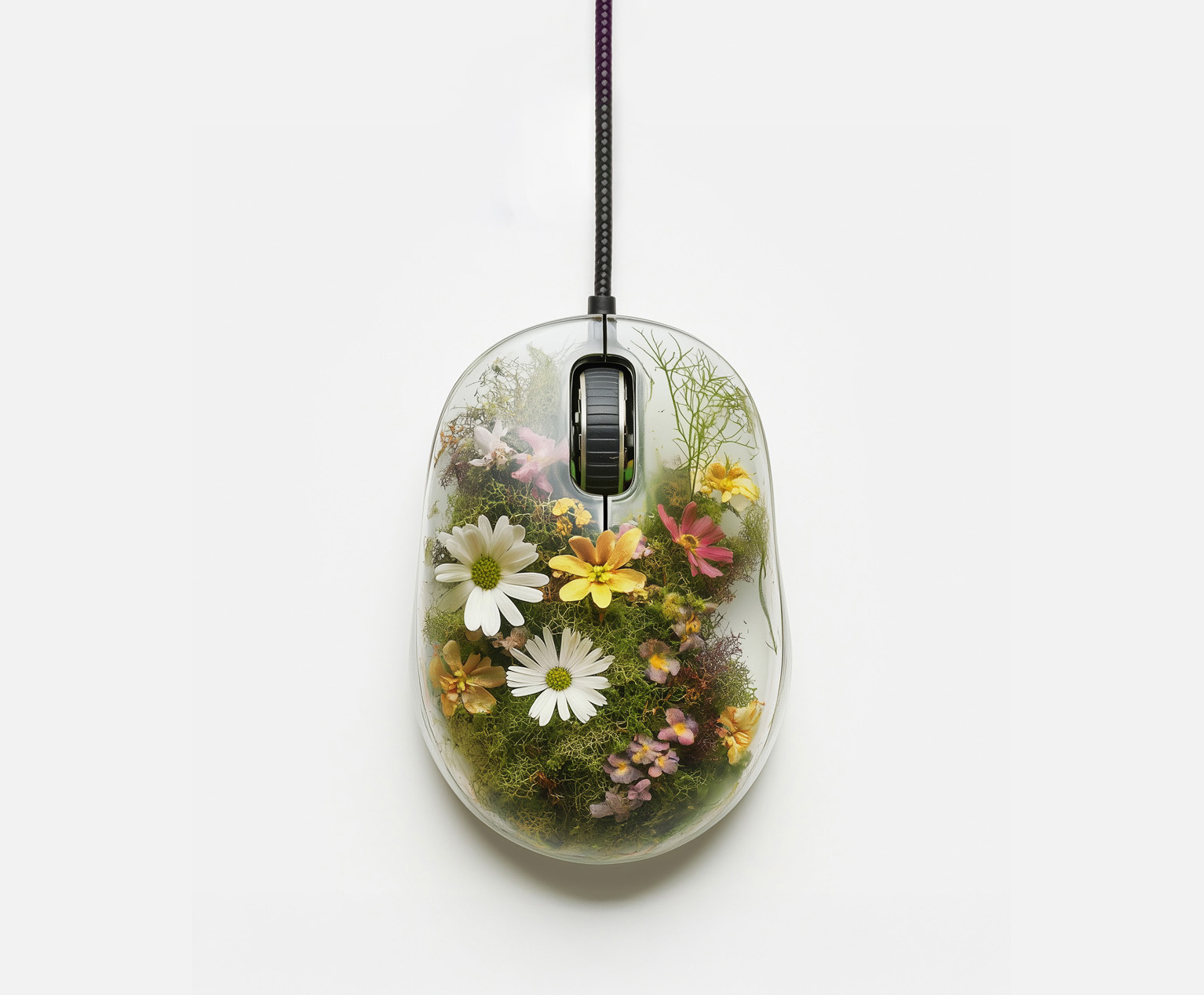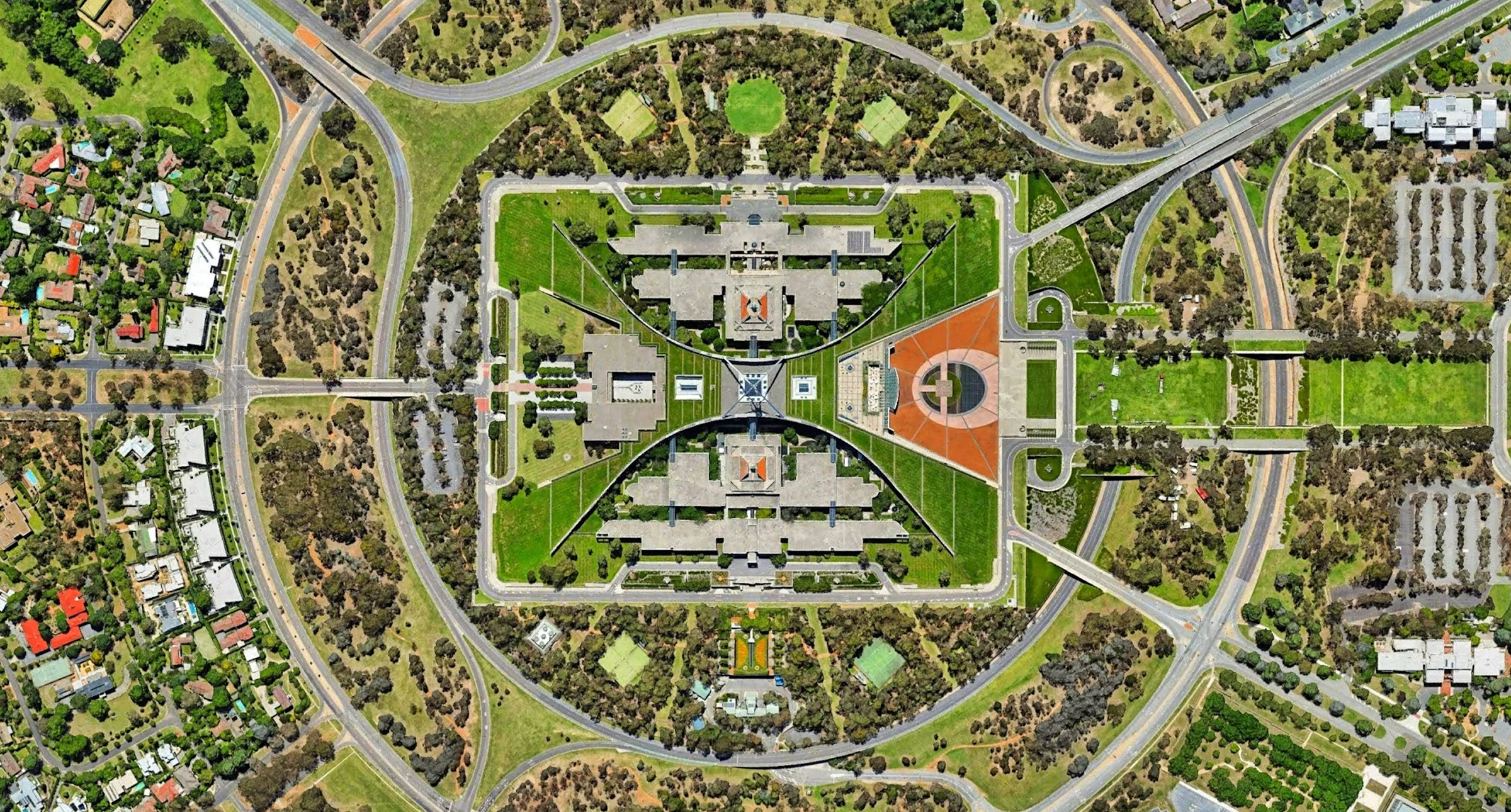
Insights
Design boom
Often dismissed as the designer’s edge case, America's aging population is set to become larger and more tech-savvy than ever before.
By
Morgan Gerber
—
16
Jan
2024
By 2029, 20% of the U.S. population will be 60 years of age or older—a huge increase from 14% in 2012 [1]. Research shows that aging in place, the idea of "living safely, independently, and comfortably in one's own home and community, regardless of age, income, or ability level," is the preference of 90% of adults over the age of 65 [2].
In the coming years, designing with seniors in mind will be more important than ever. As baby boomers (1946-1964) retire from the workforce, they will bring with them years of technological experience. Once a reluctant user base, we're seeing greater adoption and promise in the areas of social and physical well-being, virtual assistance, communication, home safety, and care.
Designers have a growing opportunity to empower and create a better life for so many of these users who have sometimes unknowingly and sometimes admittedly been overlooked as marginal cases or outliers.

The new, old age
It's no surprise that technology adoption often declines with each generation. Whether it's cost, setup, accessibility, intrusiveness, or a change in routine, there are often many barriers to adoption. Stereotypes can also play a role in the lack of research and design.
But this generation of retirees is more comfortable adopting technology than ever before. They deposit checks on their phones and pay bills online. They've been using computers at work for decades, and 73% were on Facebook in 2021, effectively doubling their social presence from the previous decade [3].
On the cusp of the baby boom, my grandfather’s experiences mirror that of this new, older age—one that believes in the power of technology, but is rarely considered by design. As I’m waiting at airport arrivals, he calls from the cell lot to say that his new iPhone isn’t talking to the car. Over the course of a week-long visit, we'll connect to the car, pair new hearing aids, set up an Apple Wallet and FaceID, lock and replace a credit card left at a convenience store, and Google the manual for his oven. UX design is a lot like tech support.

Ten years after its initial release, my grandfather decided he could benefit from an iPhone. Now he loves his Apple Watch for its haptic 6:00 a.m. medication alarms and hard-boiled egg timers. He loves Siri as much as I do, but for different reasons. The added layer of security and social interaction ensures that we're never too far apart, even if it's a thousand miles.
By contrast, he's avoided implementing traditional aging solutions unless absolutely necessary, scoffing at the idea of a grab bar in the shower and the intrusiveness of an "all-seeing" fall monitor. And I don't blame him. Sitting next to my grandmother, I realize she’s a little late to the party, having retired earlier in life somewhere between cordless phones and TiVo. Now she is battling Alzheimer’s which makes it difficult for her to adopt some new technologies. I can't expect her to remember that Siri can turn off her lights.
As a designer, I’m drawn to this space where we can strategically improve the lives of our aging communities, and their caregivers, without impacting their daily routines, personal aesthetics, or consciousness. From hardware to software, Amber Case’s principles for designing calm technology feel completely applicable.

At thirteen23, we’ve been experimenting with ways to quiet technology for these users. We’ve been exploring spatial computing and body tracking to detect falls in real time without the need for an attached gyroscope or accelerometer. Ideally, we’d be able to stay one step ahead, identifying potential hazards in the landscape, monitoring changes in gait and balance, or tracking vitals for signs of weakness and fatigue before an incident occurs.
Smart toilets, such as those from ToiLabs, promise to reduce falls by 11%, in part by passively monitoring various wellness cues. It’s no surprise that unobtrusive, proactive technology like a smart toilet has greater potential for adoption and success in this market.
Instead of clunky Life Alert necklaces, we have fall detection built into the Apple Watch, along with easy-to-install Nobi light fixtures and camera-less plug-in solutions from MDsense. There are Kohler walk-in bathtubs designed to increase comfort and reduce the risk of falls, medication reminders from pill-dispensing bots, and social assistants that fit more seamlessly into existing routines.

Human-centered design at its core
As our team designs for this generational shift, we are considering what it means for technology to be fundamentally human. Accessibility and aging don't just apply to baby boomers. They apply to all of us.
Over time, we may experience changes in our ability to focus as early as our 40s. Later in life, we may become susceptible to hearing loss, memory loss, imbalance, or loss of precision, strength, dexterity, or color perception. These age-related ailments will begin to interfere with our product experiences—unless they’re designed to live with us.
This leads us to ask: How might user experiences change over time? How can we design products that empower us, but also age with us? At its core, this is human-centered design. In theory, it should include designing for longevity, both for the user and the product.

Morgan Gerber
Morgan leads our design team, directing research and design on all of our engagements. After hours, you'll find her playing soccer, attending an Austin FC game, or painting tiny portraits of other people’s dogs.









































